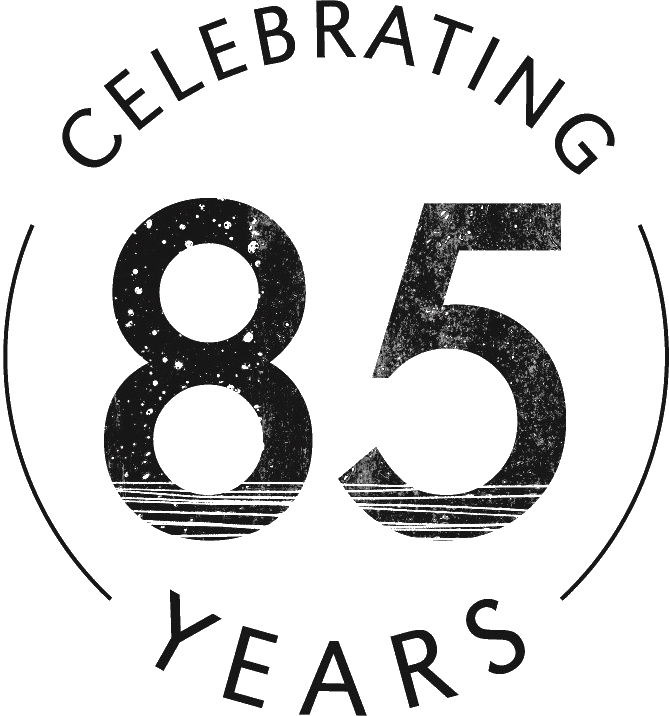Joan Eardley: The Forgotten Artist
Children from Glasgow’s slums, bleak seascapes, village fishermen at work … the vibrant visions of Joan Eardley are finding a new following.
Written by Frances Spalding for The Guardian
Joan Eardley, who died aged only 42 in 1963, is barely known in England. In 2007 the National Galleries of Scotland mounted a full retrospective, which attracted a new Scottish audience to her art. Currently, the Scottish National Gallery of Modern Art offers a more focused exhibition, concentrating on her passion for two places: Townhead, a poor part of Glasgow; and Catterline, a small fishing village a hundred miles north of Glasgow, on the Kincardineshire coast. Yet there are no known plans for this show to travel to any other part of Britain, even though Eardley, acclaimed as an artist of world-class importance, had an English father and was born in Sussex.
She moved to Scotland almost by happenstance. In 1929, when she was just seven, her father, who had been gassed during the first world war and had experienced failure as a dairy farmer, killed himself. Her mother decided to take Joan and her younger sister back to her family home at Blackheath, London, to live with their grandmother and aunt. But late in 1939, mother, grandmother and the two girls moved to Bearsden, a well-to-do suburb north-west of Glasgow, thereby escaping a London threatened with German bombing raids. Having spent a brief period at Goldsmiths College of Art, Joan began her studies at Glasgow School of Art in January 1940. This same year, while almost crippled with shyness, she began frequenting the studio of the Polish artist Josef Herman, then living in Glasgow, whose cursory style of drawing may have freed up her own. She also began exploring the east of the city, sensing that its vitality lay in this direction.
Read the full article on The Guardian.
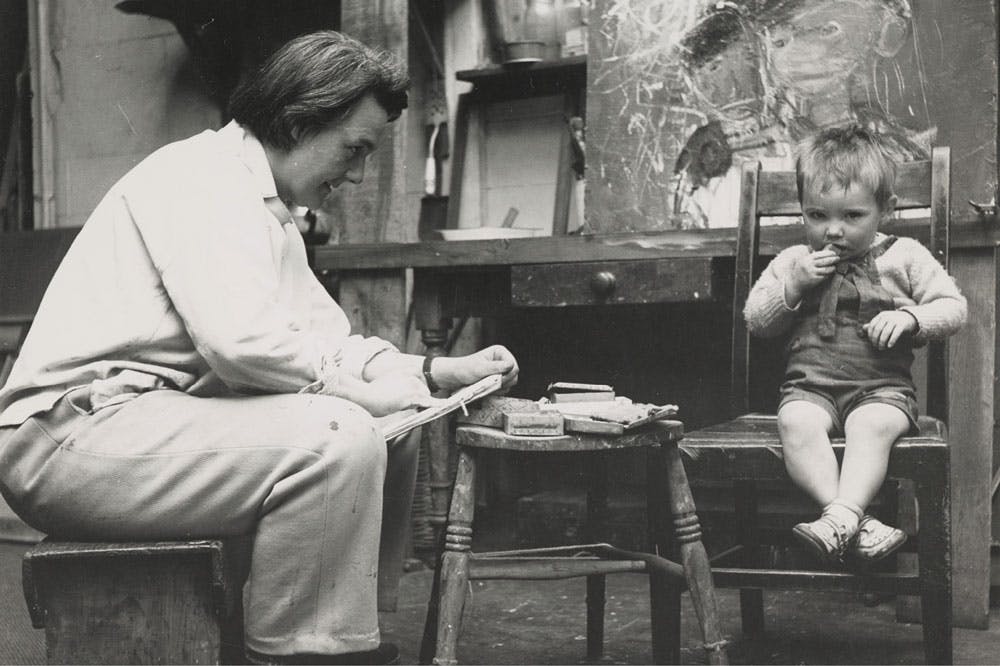
18/3/2021
Share on
Related Stories
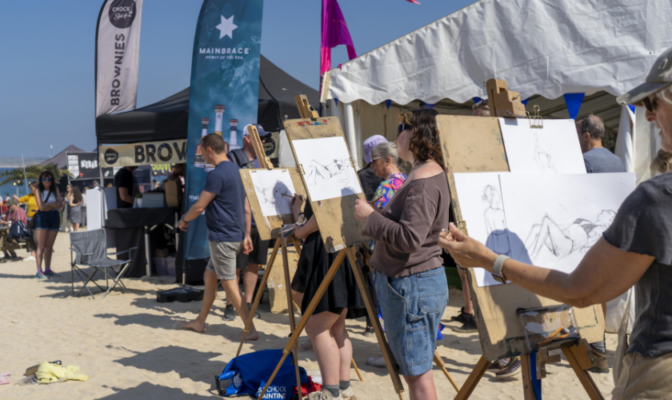
St Ives Food & Drink Festival
Join us at this year’s Food & Drink Festival where you can try your hand at drawing or painting during one of our outdoor workshops! Taking place on the stunning Porthminster Beach on Friday 16th – Sunday 18th May, the festival will host a line-up of culinary talent, artisan markets, craft street food, masterclasses, beachside...
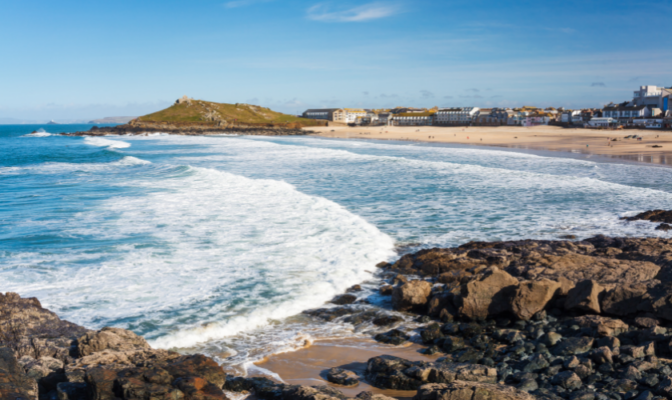
Win an art break in St Ives
St Ives School of Painting and Sail Lofts–St Ives have teamed up to offer one lucky art enthusiast and a friend the chance to win an exclusive art break which combines four nights luxury accommodation at Sail Lofts–St Ives with a 3-day art course at St Ives School of Painting. Sail Lofts–St Ives offers an...
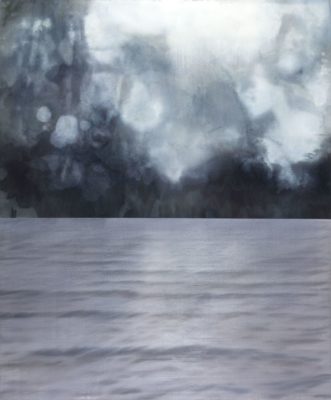
How to Paint a Landscape
As seen in… Landscape painting from artists’ perspective Words by Katie Avis-Riordan Three landscape artists, who also teach at St Ives School of Painting, reveal their top tips on how to paint a landscape painting for beginners. Find out how to paint landscapes using the recommended materials and techniques; and discover how to get inspired by...
